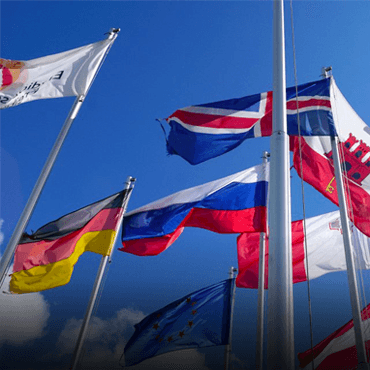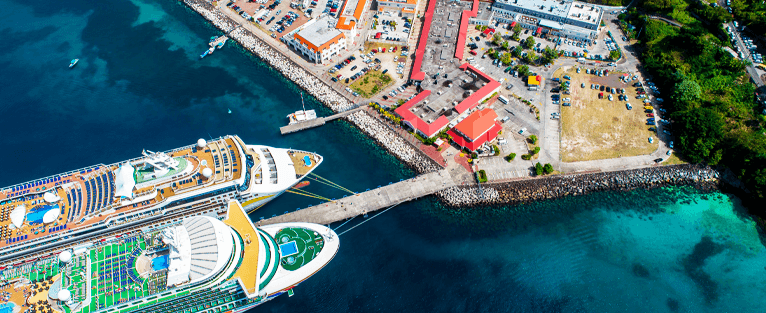Temporary Residents Who Want to Become Canadian Permanent Residents – 2022:
On Tuesday, September 20th, 2022, during routine proceedings, Canada’s immigration minister, Sean Fraser, tabled a strategy to expand transitions to permanent residence for foreign workers and international students with significant work experience in sectors with persistent labor shortages. Later that day, the documents were availed on the government website.
The strategy outlines a five-pillar approach that Immigration, Refugees, and Citizenship Canada (IRCC) will use to assist temporary residents in becoming permanent residents of Canada:
Pillar 1:
According to the release, the government will stick to the existing immigration targets outlined in the Immigration Levels Plan for 2022-2024. This year, Canada expects to welcome a record 431,645 newcomers. Fraser must table the new Immigration Levels Plan for 2023-2025 by November 1.
Pillar 2:
The government plans to transform the Express Entry system so that the IRCC can invite candidates based on economic criteria. The IRCC previously told CIC News that the new Express Entry draws would likely begin in early 2023.
Pillar 3:
On November 16, IRCC plans to adopt the National Occupational Categorization (NOC) 2021. This new occupation classification system will make 16 new occupations eligible for Express Entry while eliminating three previously eligible occupations. The government also aims to improve newcomers’ access to information to ensure that they meet the necessary qualifications and connect them to federal and provincial or territorial immigration programs; remove barriers for physicians and other ways to transition essential workers who are in high demand; improve pilot programs to support permanent residency pathways for caregivers and agri-food workers.
Pillar 4:
IRCC is working to increase French immigration outside Quebec and add a new Municipal Nominee Program. The government is also continuing to work with provinces, territories, and Canadian employers on pathways to permanent residences, such as the Provincial Nominee Program (PNP).
Pillar 5:
Through technological advances, IRCC is increasing processing capacity, improving client experience, and retooling the immigration system. The goal is to shorten processing times so that newcomers can become Canadians “as soon as possible.”
Who Qualifies Under the Temporary to Permanent Immigration:
- To be eligible for the new immigration programs aimed at international students, applicants must demonstrate the following:
- Graduated from a program of study at a designated learning institution in Canada that lasted at least 8 months after January 2017.
- possessed a valid study permit throughout their time in Canada;
- Be currently employed in Canada with valid work authorization to work
- Have attained at least CLB level 5 proficiency in English or French in the last two years if applying under the foreign national program, and at least CLB level 5 proficiency in French if applying under the French-speaking program;
- Reside in Canada with valid temporary resident status (or be eligible to restore their status) and be physically present in Canada at the time the application for permanent residence is received and when it is approved;
- Intentionally intend to live in a province or territory other than Quebec.
In addition to the above requirements, all applicants (and dependent family members) must pass medical and criminal background checks and not be barred from entering Canada.



